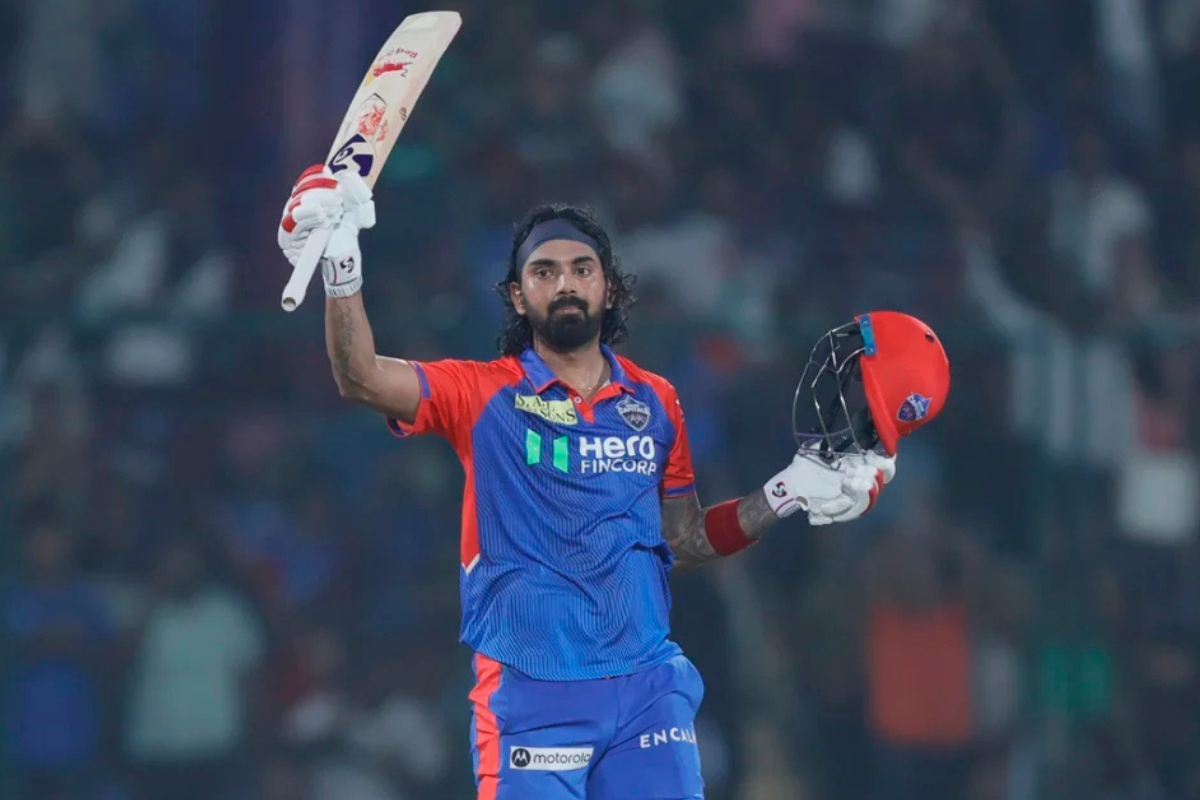
A season that began with hope ended in disappointment.

Delhi Capitals finished their Indian Premier League (IPL) 2025 season in fifth place with 15 points from 14 matches. They won seven games, lost six, and one match was abandoned due to rain. They ended their campaign with a six-wicket win over Punjab Kings in their final group stage match.
Delhi Capitals started the season well. They won five of their first six matches. But after that, they could not perform well and won only two of their last eight games.
They were in a strong position to make the playoffs, but their poor performances in the second half of the season costed them very badly. A season that began with hope ended in disappointment.
Let’s take a look at how each Delhi Capitals player performed this season.
Skipper Axar Patel did not have a good season with either the bat or the ball. He scored 263 runs in 11 innings with an average of just 26.30. With the ball, he took only five wickets and had an economy rate of 8.47. Overall, it was a below-average season for him.
Vice-captain Faf du Plessis also had a poor season. He scored 202 runs in nine matches with an average of 22.44 and a strike rate of 123.92. Although he managed to hit two fifties, overall it was a disappointing season for him.
KL Rahul had a decent season with the bat and was the top scorer for Delhi Capitals this year. He scored 539 runs in 13 matches with an average of 53.90 and a strike rate of 149.72. He also hit one century and three half-centuries.
Jake Fraser-McGurk had a poor season with the bat. He scored only 55 runs in six matches with a strike rate of 105.76. He could not repeat his good performance from last season and was disappointing for Delhi Capitals.
Karun Nair showed a lot of promise with his knock of 89 runs against Mumbai Indians. However, after that, he could score only 109 runs in the next seven matches. In total, he managed 198 runs in eight matches.
Abishek Porel scored 301 runs in 13 matches this season. He had an average of 25.08 and a strike rate of 146.82. He managed to score just one half-century during the season.
Tristan Stubbs scored 300 runs in 13 innings this season. His batting position was not fixed, and he often came in lower down the order. Still, he had an impressive average of 50.00 and a strike rate of 150.75. If he had batted a little higher up the order, he might have scored even more runs.
Sameer Rizvi played only four innings this season and scored 121 runs at an average of 40.33 and a strike rate of 153.16. He scored a fifty in the last match, which helped Delhi Capitals beat Punjab Kings.
Ashutosh Sharma scored 204 runs in nine innings at an average of 29.14 and a strike rate of 160.62. He was mostly used as an Impact Player and came in to bat in the lower order to finish games.
Vipraj Nigam played his first IPL season and showed good performances with both bat and ball. He took 11 wickets in 13 innings and scored 142 runs in eight innings, batting lower down the order.
ALSO READ:
Mitchell Starc took 14 wickets in 10 matches this season. He started the tournament well, taking three wickets in the first match and five wickets in the second. But after that, he took only six wickets in the next eight matches. His economy rate was on the higher side at 10.16.
Mohit Sharma had a disappointing season with the ball. He played eight matches but could take only two wickets. His economy rate was also on the higher side at 10.28.
Mukesh Kumar had an average season with the ball. He took 12 wickets in 12 matches and had an economy rate of 10.32.
Dushmantha Chameera bowled in five innings this season and took only four wickets. His economy rate was 11.40, which was on the higher side.
Kuldeep Yadav was the highest wicket-taker for Delhi Capitals this season, picking up 15 wickets in 13 innings. He bowled with great control and his economy rate was excellent at just 7.07.
Mustafizur Rahman joined the team as a replacement in the final stages of the tournament and played three matches. He took four wickets in those games.
For more updates, follow CricXtasy on Facebook, Instagram, Twitter, Telegram, and YouTube.